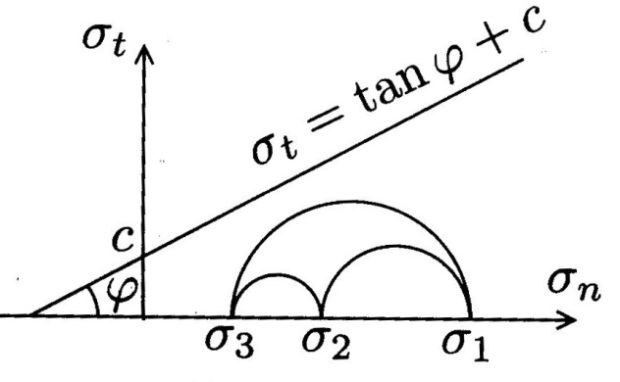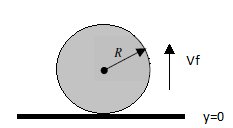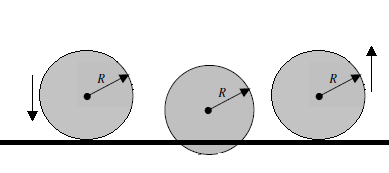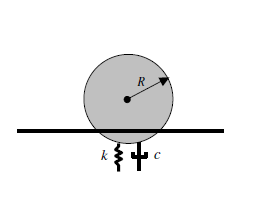I have recently delved deeper into DEM and Powder Mechanics and have spent hours reading conference proceedings and studies. After a while I had to take a step back and answer the basics. Am I studying granular dynamics or contact mechanics?
In truth, both. Granular dynamic is studied as particle kinematics where we obtain the incremental displacements at contact from the contact reactions. During these interactions we look at particle-particle slip, rotation, normal and tangential forces, energy damping forces, chemical and body forces, among other factors which combined reorient the particle and updates it position and displacements.
Contact mechanics is labeled as the theoretical methods used to describe that force-displacement behavior. There are so many theories and I have mentioned a few in previous post. Most restrict the particle considered to spheres and study the force-displacement behavior as dependent on the material properties, size, surface conditions and in some cases the medium in which these material are interacting. Think soil movement vs a fluidized bed.
Needless to say, which model you use will depend on the problem application being studied. I keep on hand about nine different models that are switched out depending on the study being performed. These models also have a number of variation in behavior if I am also observing cohesive/adhesive forces.
Particle size or scale is one of my driving factors when selecting a theory. If the material we are testing and modeling is being handled at the a small sieve size (a few millimeters in diameter) then a model such one by Deresiewicz, Tsuji, or Hertz is used. If we are working at a larger scale, say pellets or bigger, we will look at models by Luding or Walton. It all depends on the material and how it is being handled. Pneumatic conveying, fluidized beds, overland conveying all have their own set of requirements and challenges.
The study of DEM is all about knowing what methods are at your disposal, knowing when and how to use them, and filling in the gaps with further research. I have no one recommended reading, however, Colin Thornton has studied the various methods extensively and recorded his findings. A good place to start is with his Particle Technology Series: Granular Dynamics, Contact Mechanics, and Particle System Simulations–A DEM study.
I am currently reading The Springer Particle Technology Series Volume 24. It may be a little dense if you are just starting your DEM studies but it is a good resource towards other papers that may be better tailored to your application.
Good luck in your studies! Let me know how it is going and reach out on LinkedIn or here.




 m, the contact radius is defined by:
m, the contact radius is defined by:



